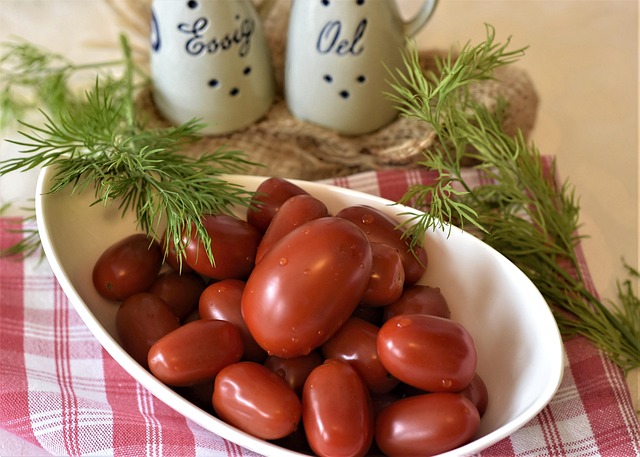The text compares vinegar and bleach as mold removal methods, highlighting their differing effectiveness and safety profiles. It promotes eco-friendly paints as a healthier alternative, emphasizing their mold resistance, low environmental impact, and reduced need for harsh chemicals like bleach. Using vinegar for surface preparation before painting is recommended for proper application techniques that enhance adhesion and prevent future mold growth. The focus is on creating healthier living spaces by choosing safer, more sustainable paint options over traditional, potentially harmful alternatives.
In today’s quest for healthier living spaces, understanding mold and its impact on health is paramount. This article delves into the hidden dangers of mold growth and offers a comprehensive guide to eco-friendly paint solutions. We explore traditional methods like vinegar vs. bleach for mold removal, highlighting their limitations. Then, we uncover top eco-friendly paint picks known for their mold resistance and green credentials. Learn application tips for long-lasting protection against unsightly and harmful mold.
- Understanding Mold and Its Impact on Health
- The Traditional Approach: Vinegar vs Bleach for Mold Removal
- Exploring Eco-Friendly Paint Options: Benefits and Features
- Top Picks for Mold-Resistant, Green Paints
- Application Tips for Long-Lasting Protection
Understanding Mold and Its Impact on Health

Mold, a tiny fungus, thrives in damp environments, and its presence can go unnoticed until it causes health issues. When left unaddressed, mold can lead to various respiratory problems, allergies, and even neurological disorders. Unlike popular belief, vinegar vs bleach for mold removal isn’t as straightforward; each has its pros and cons. Bleach is effective against mold but can be harsh on the skin and lungs if used incorrectly. On the other hand, vinegar, a natural alternative, is gentler but may require more effort to remove the mold completely. Understanding these nuances is crucial when choosing eco-friendly paints that offer protection against this invisible threat, ensuring a healthier living space.
The Traditional Approach: Vinegar vs Bleach for Mold Removal
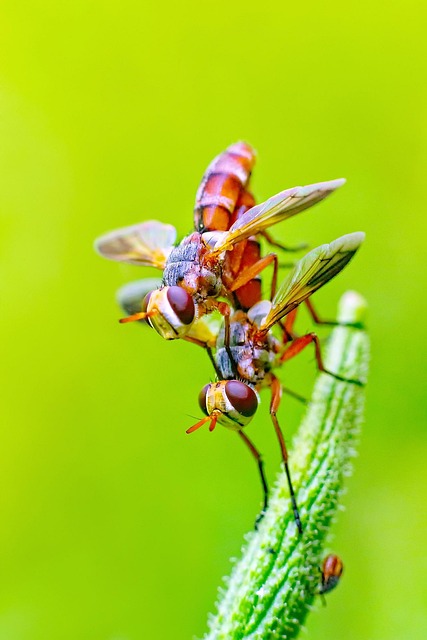
The traditional approach to mold removal often involves a battle between two common household products: vinegar and bleach. Both have been used for years as natural remedies for eliminating mold and mildew, but which one is truly more effective? Vinegar, with its acetic acid, is a popular choice due to its ability to kill mold spores and prevent their return. It’s also known for its mild acidity, making it less harsh than bleach on surfaces. On the other hand, bleach, or sodium hypochlorite, is a powerful disinfectant that can effectively kill mold, bacteria, and viruses. However, bleach can be corrosive and damaging to some materials if not used properly, and it releases toxic fumes when mixed with other chemicals.
When considering vinegar vs bleach for mold, the choice often depends on the specific needs of your project. Vinegar is safer and more environmentally friendly, making it ideal for homes with children or pets. Bleach, while powerful, should be used cautiously in well-ventilated areas due to its strong fumes and potential health risks. Additionally, bleach may not be suitable for all surface types, as it can discolor or damage certain materials.
Exploring Eco-Friendly Paint Options: Benefits and Features
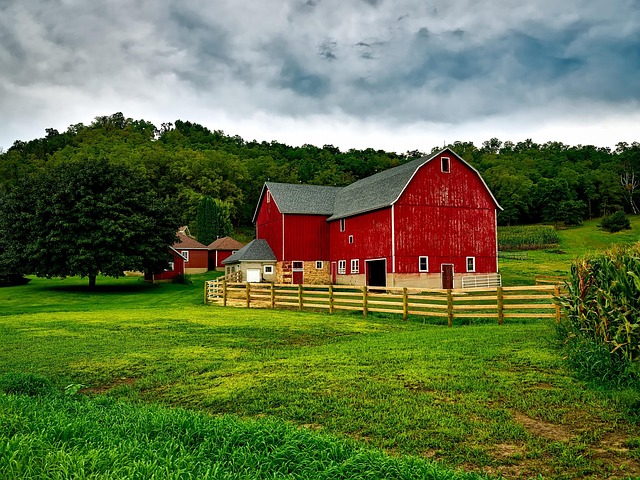
When exploring eco-friendly paint options, one of the primary considerations is their effectiveness in combating mold growth. Traditional paints often contain chemicals that can off-gas and contribute to indoor air pollution, whereas natural alternatives are gaining popularity for their healthier composition. These include plant-based or mineral-derived paints that not only reduce environmental impact but also offer superior resistance to mold and mildew.
Unlike harsh chemicals like bleach, which can be damaging to both health and the environment, natural solutions like vinegar have emerged as a popular choice. Vinegar’s anti-fungal properties make it an effective vinegar vs bleach for mold, providing a safer and more sustainable option. This shift towards eco-friendly paints is not just about aesthetics; it’s a step towards creating healthier living spaces while minimizing the ecological footprint.
Top Picks for Mold-Resistant, Green Paints
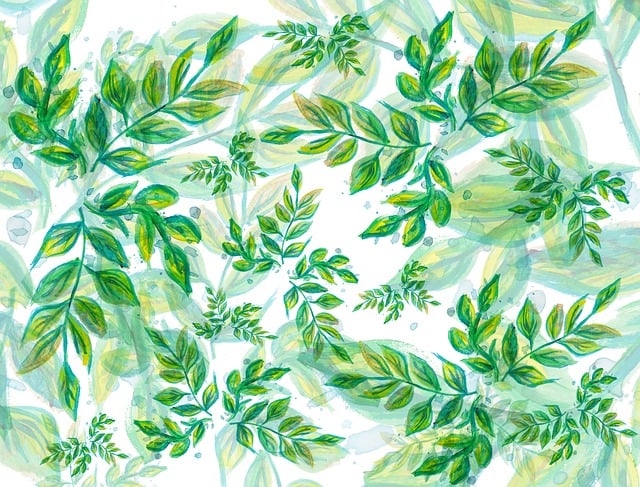
When it comes to choosing eco-friendly, mold-resistant paints, there are several top picks that stand out in the market. Many traditional paints contain harmful chemicals and volatile organic compounds (VOCs) that can contribute to indoor air pollution and environmental harm. However, modern options offer a healthier alternative without compromising quality or durability.
Two popular choices in green paint solutions are those based on natural ingredients like vinegar and essential oils, which effectively inhibit mold growth without the use of harsh bleach. These paints not only reduce exposure to toxic chemicals but also contribute to a cleaner, more sustainable environment. In addition, they often have excellent coverage, quick drying times, and low odor, making them ideal for both residential and commercial spaces.
Application Tips for Long-Lasting Protection
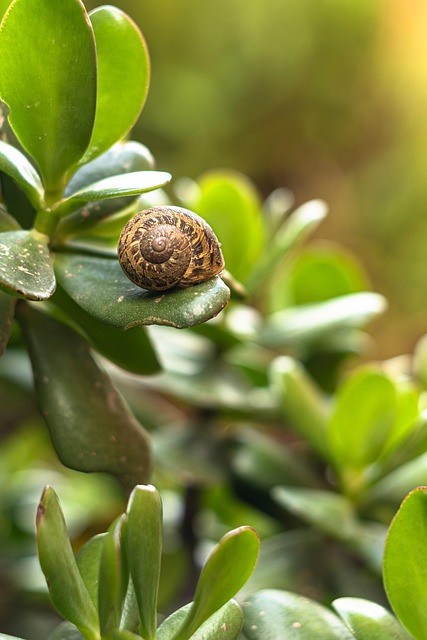
When applying eco-friendly, mold-resistant paints, proper technique is key to achieving long-lasting protection. One effective tip is to prepare the surface thoroughly before painting. This involves cleaning and sanding, removing any existing mold or mildew with a vinegar solution (as opposed to using bleach, which can be harsh), and fixing any issues like peeling or chipping paint.
Next, ensure even coverage by using a high-quality brush or roller suitable for the product. Apply thin, consistent coats, allowing each layer to dry completely before adding another. This process not only enhances adhesion but also helps prevent future mold growth by creating a protective barrier. Remember, less is more; over-application can lead to peeling and an uneven finish, negating the benefits of your eco-friendly paint choice.
